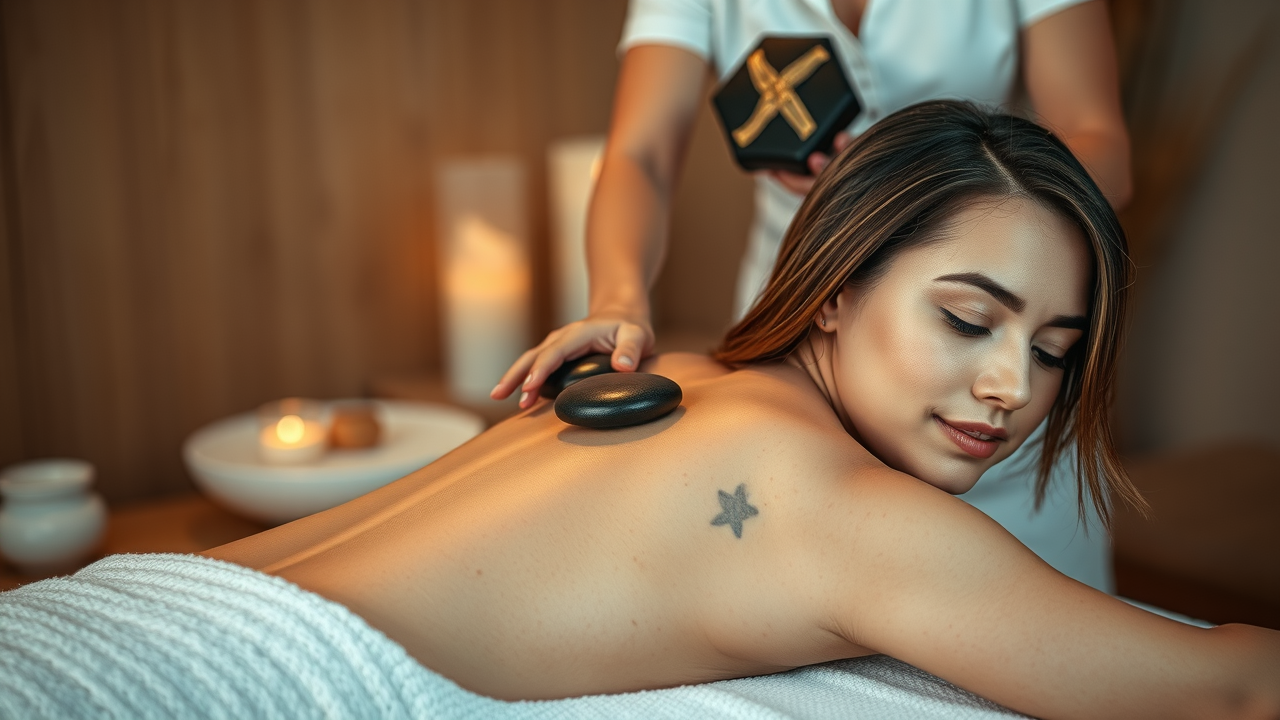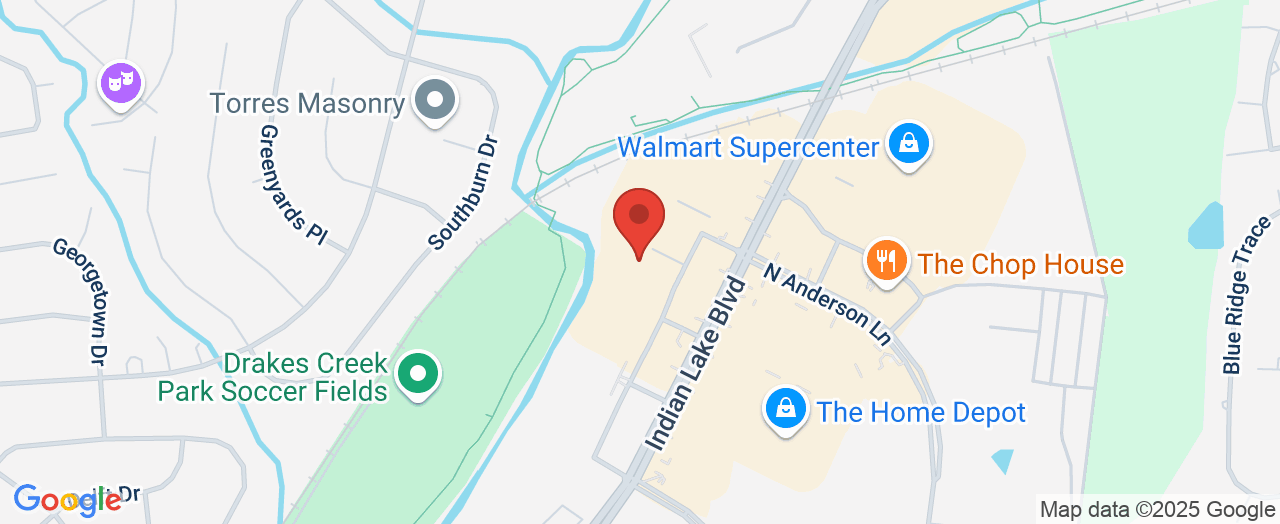How Modern Stress Demands a Closer Look at the Benefits of Massage
Imagine carrying a backpack filled with invisible weights—constant deadlines, digital fatigue, persistent aches, and emotional tension. This is the reality for millions each day, as stress weaves its way into both our minds and bodies. In this hectic landscape, it’s no wonder more people are turning to proven, natural remedies for relief. The benefits of massage stand out as one of the most accessible ways to release tension, restore comfort, and revitalize the body. Yet, beyond simple relaxation, what does the science and seasoned expertise say about the multilayered advantages massage brings?
For anyone who has dismissed massage as just an occasional indulgence or luxury, fresh research and clinical experience challenge that view. Massage therapy is increasingly recognized by health professionals for its role in injury recovery, emotional wellness, and managing daily stress. Massage doesn’t just pause the chaos for an hour—it can create a ripple effect, improving how we sleep, recover, and even think. As people seek greater balance and sustainable self-care, understanding the full spectrum of massage’s benefits is more important than ever. Read on to explore how the right massage is more than a treat—it’s a proven tool for modern life.

What Sets Massage Therapy Apart: Full-Body Relief and Mindful Restoration
Massage therapy is unique in its holistic approach, addressing not only physical aches but also the interconnected challenges of mental and emotional stress. At its core, massage is the manipulation of soft tissues—using hands, forearms, or specialized techniques—to relieve pain, reduce muscle tension, and promote relaxation. Yet, its true value lies in its ability to treat the entire person. The benefits of massage emerge through improving circulation, releasing lingering tightness, and stimulating the body’s natural healing processes. Techniques like Swedish Massage and Deep Tissue Massage don’t just target a sore spot—they encourage the body to reset, fostering a deeper sense of well-being.
Ignoring muscle tension or ongoing stress can have lasting consequences: chronic pain, frequent headaches, reduced flexibility, or even disrupted sleep. For teenagers facing exam stress or adults managing demanding schedules, these issues drain energy and dull enthusiasm for daily life. That’s why the educational journey around massage is both urgent and practical. Understanding the science and centuries-old tradition behind therapeutic touch uncovers a pathway to better health that too many overlook. Massage therapy, practiced with intention and trained skill, empowers individuals to proactively manage discomfort and discover new reserves of both physical and emotional strength.

Why Therapeutic Massage Delivers Real, Lasting Benefits
Drawing on over two decades of hands-on practice, therapists at Mia's Healing Hands emphasize that massage therapy is far more than a fleeting comfort. The key benefits of massage stem from a tailored approach—every technique, from Swedish to Trigger Point Massage, is adapted to address the needs of the individual. This customization means relief goes beyond surface tension, deeply impacting overall health. For example, Swedish Massage’s long, kneading strokes do more than feel pleasant; they activate circulation, which supports faster muscle recovery and tones down built-up stress hormones.
Specialized services like Deep Tissue Massage and Trigger Point Therapy target persistent knots that commonly resist self-care methods or over-the-counter remedies. Through a combination of deep pressure and controlled movements, these massages break down adhesions, improve flexibility, and help restore normal movement patterns. People with demanding routines—whether athletes or office professionals—find these sessions invaluable for regaining comfort and avoiding recurring injuries or strain. By prioritizing the most effective, individualized techniques, massage therapy unlocks relief, increases physical resilience, and nurtures mental clarity in the long run.
From Relaxation to Recovery: How Massage Therapy Drives Holistic Well-Being


For many, massage becomes a cornerstone of self-care, providing an intentional pause in a world that rarely slows down. Massage techniques not only quiet the nervous system but also enhance flexibility, leaving clients better equipped to handle life’s physical demands. Cupping Therapy, for example, offers a unique approach by using suction to increase blood flow and draw out waste products, further promoting recovery and clarity. This practice demonstrates how innovation in therapeutic touch continually elevates the standard of holistic health.
The Evolving Science of Massage: Why Modern Techniques Matter
The field of massage therapy has advanced considerably, blending time-honored traditions with the latest understanding of anatomy and wellness. Modern practitioners integrate ongoing education, ensuring that each session is informed by both established science and the latest developments in muscle therapy. This commitment to continued learning sets experts apart, making it possible to design massage experiences tailored to each client’s changing needs—whether that’s addressing new sources of pain, accommodating lifestyle shifts, or exploring new therapeutic modalities.
As a result, the industry has witnessed the inclusion of specialized techniques such as Hot Stone Massage, which leverages heat to ease deep muscle pain, and more nuanced approaches like targeted Cupping Therapy, which supports detoxification and brings new layers of relief. Understanding this evolving landscape helps individuals select the right therapy for their goals and ensures outcomes that are not only effective but also sustainable.

Educating Yourself: How Massage Empowers Better Health Choices
Knowledge is power, especially when it comes to making decisions about well-being. By understanding the diverse range of massage therapies—like Swedish, Deep Tissue, Trigger Point, and Cupping—individuals can align their wellness routines with specific objectives: easing persistent stress, recovering from injury, or simply maintaining daily resilience. Each technique holds distinct advantages, and learning about their applications demystifies the process, inviting clients to take a more active role in their healing.
This educational focus helps break down the idea that massage is reserved only for athletes or those with injuries. It’s an inclusive path, offering something for everyone, from students needing to destress to professionals seeking sustained energy throughout taxing workweeks. Informed choices drive better results, and the growing recognition of massage as a foundation for overall health underscores its place in both preventive care and everyday life.
Mia's Healing Hands: Philosophy of Personalized Care and Ongoing Growth
The guiding philosophy at Mia's Healing Hands centers on listening, adaptation, and ongoing mastery. With over 20 years of experience, Mia Brown and the team emphasize that every individual’s needs are unique—what brings relief to one client may not work for another. That’s why every session is an opportunity to craft an experience attuned to the client’s specific challenges, whether it’s chronic back tension, stress-related tightness, or improving mobility through increased flexibility.
Central to their practice is a commitment to not only physical results but also the mental and emotional uplift that comes through therapeutic touch. As quoted, “Massage has so many benefits for physical, mental, emotional, and spiritual wellbeing.” This ethos is reflected in the broad service range, continued professional development, and a deep passion for helping clients achieve better health in all facets of life. By integrating kindness, advanced technique, and continual learning, Mia's Healing Hands functions as both a sanctuary and a springboard for lasting change.
What Clients Experience: Real Results in Relief and Renewal
One of the best ways to understand the enduring impact of massage therapy is through the words of those who have experienced it firsthand. Feedback consistently highlights not only technical skill but also a rare ability to connect and deliver results well beyond initial expectations.
Mia is amazing and has an excellent technique that I have never experienced anywhere else. She worked out my toughest tension spots.
As testimonials demonstrate, the right massage therapist can transform discomfort and persistent knots into newfound ease and functionality. Clients walk away not just with relaxed muscles, but with a heightened sense of optimism and confidence—knowing that solutions exist for both chronic and everyday tension. For anyone seeking these same results, taking action by exploring the benefits of massage can be the first step toward a more comfortable and vibrant life.
Why Knowledge of Massage Benefits Is Vital for Modern Self-Care
As society faces escalating rates of stress and tension-related discomfort, a deeper understanding of the benefits of massage becomes critical. The right massage therapy—delivered by skilled, adaptable hands—offers transformative improvement to physical comfort, mental function, and emotional equilibrium. Thought leaders in this field, like those at Mia's Healing Hands, help set the standard by tailoring every experience and consistently pursuing educational growth. In a landscape where well-being is constantly challenged, tapping into the full power of massage is not a luxury—it’s an essential part of sustainable self-care.
For those seeking genuine relief and a proactive approach to wellness, learning about and investing in massage is a decision that promises results reaching far beyond the table. The benefits of massage are too significant—and too accessible—to be ignored.
Contact the Experts at Mia's Healing Hands
If you’d like to learn more about how the benefits of massage could benefit your daily well-being, contact the team at Mia's Healing Hands.
📍 Address: 217 Indian Lake Blvd 300, Suite 120, Hendersonville, TN 37075, USA
📞 Phone: +1 615-933-1673
🌐 Website: https://miashealinghands.com/
Mia's Healing Hands Location and Availability
🕒 Hours of Operation:
📅 Monday: 9:00 AM – 6:00 PM
📅 Tuesday: 9:00 AM – 4:00 PM
📅 Wednesday: 9:00 AM – 6:00 PM
📅 Thursday: 9:00 AM – 3:00 PM
📅 Friday: 9:00 AM – 4:00 PM
📅 Saturday: 9:00 AM – 3:00 PM
📅 Sunday: ❌ Closed

 Add Row
Add Row  Add
Add 




Write A Comment